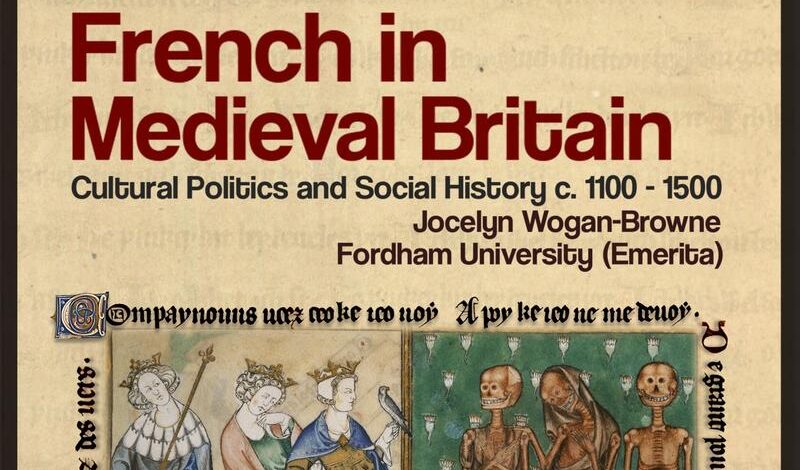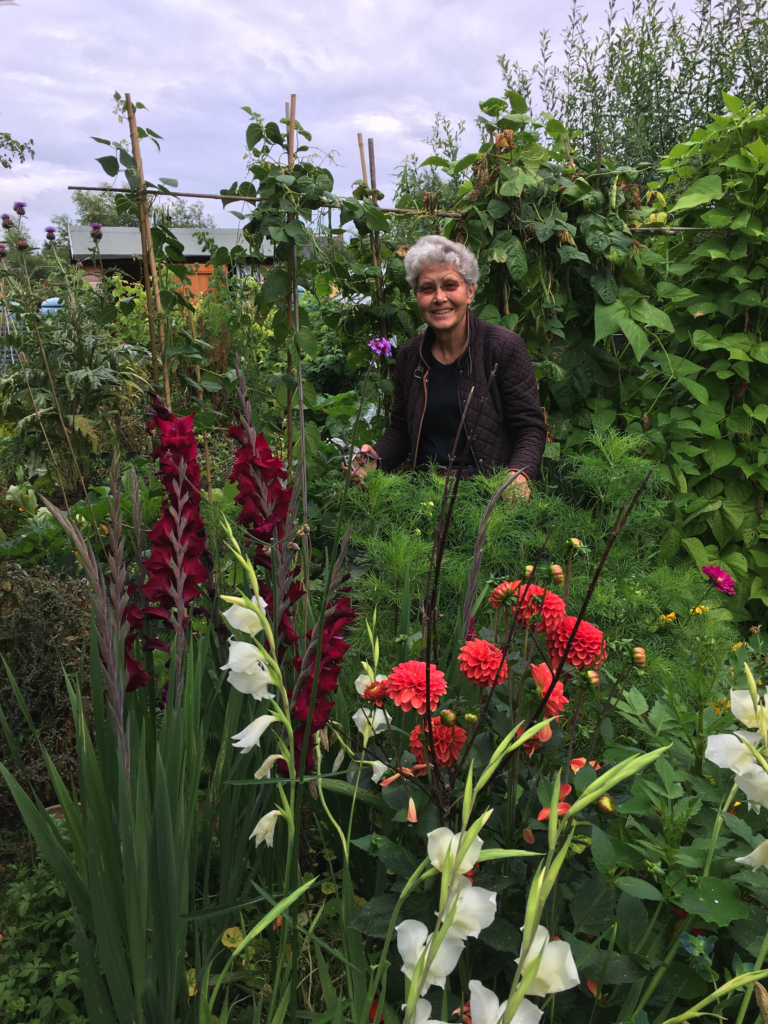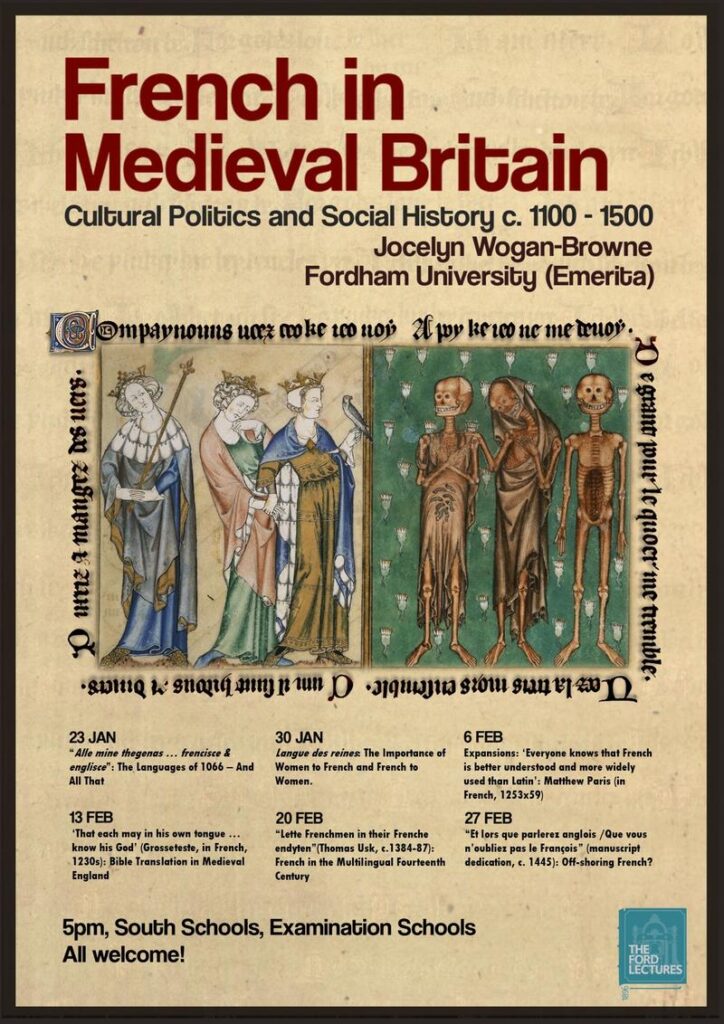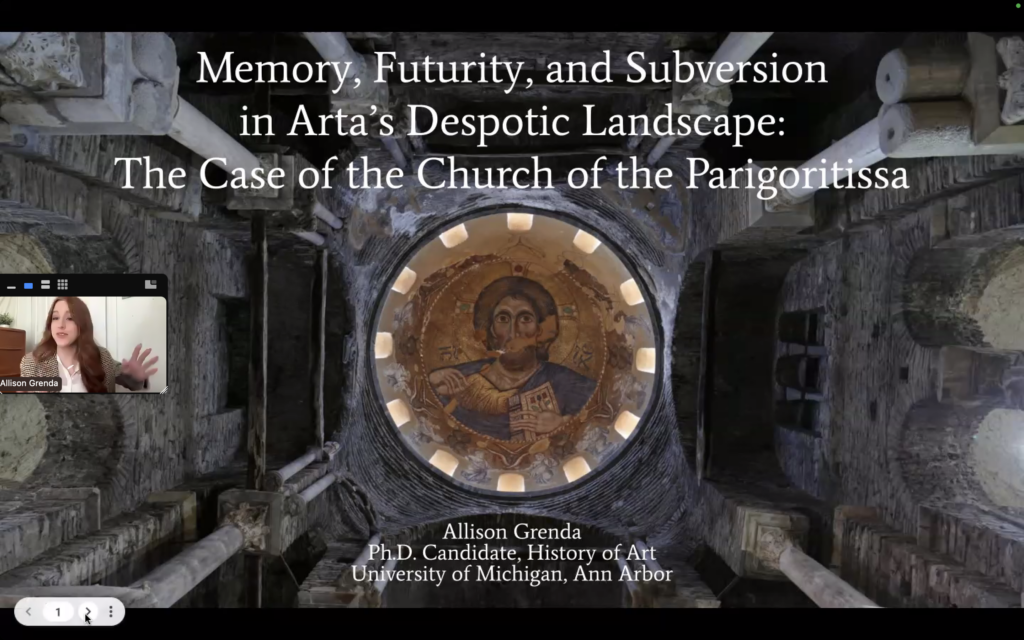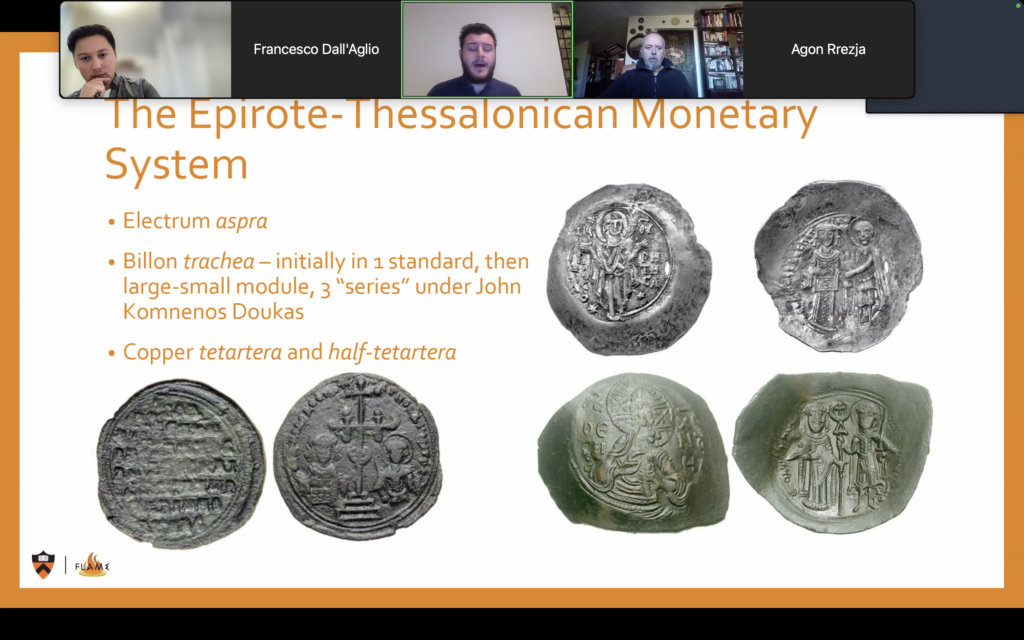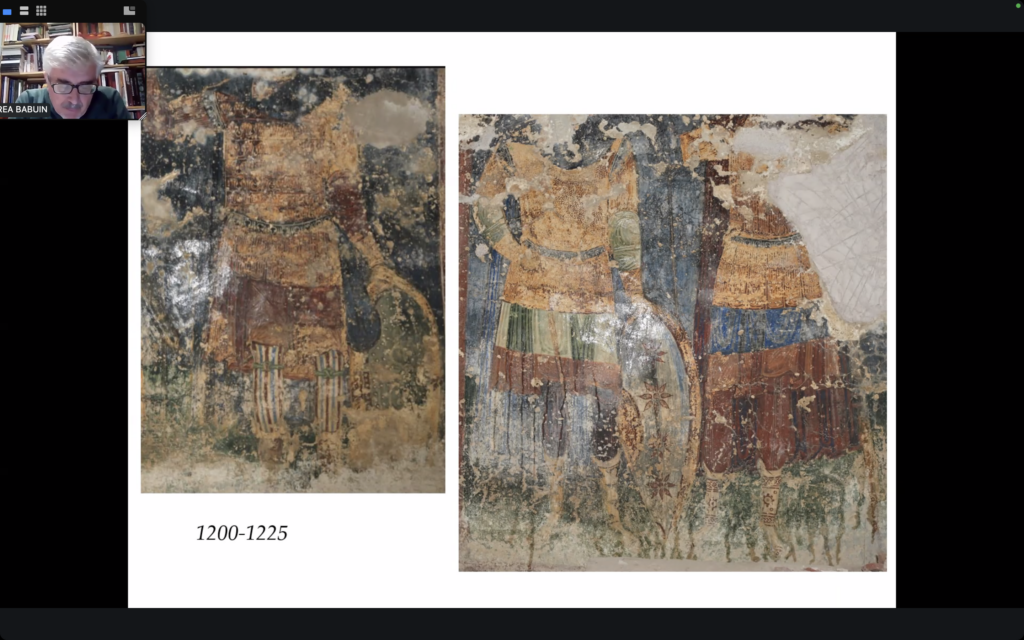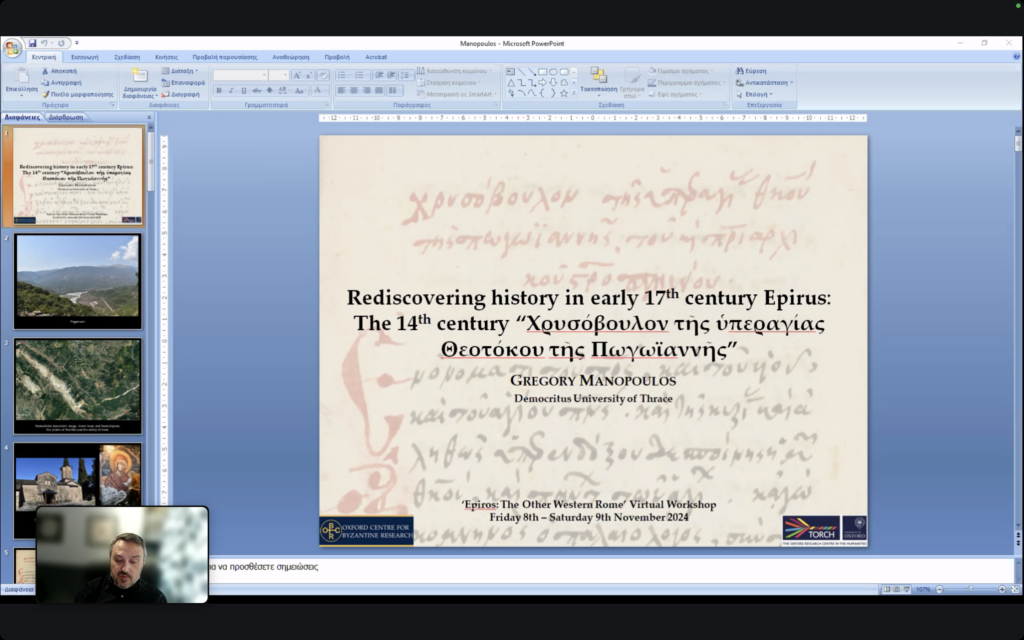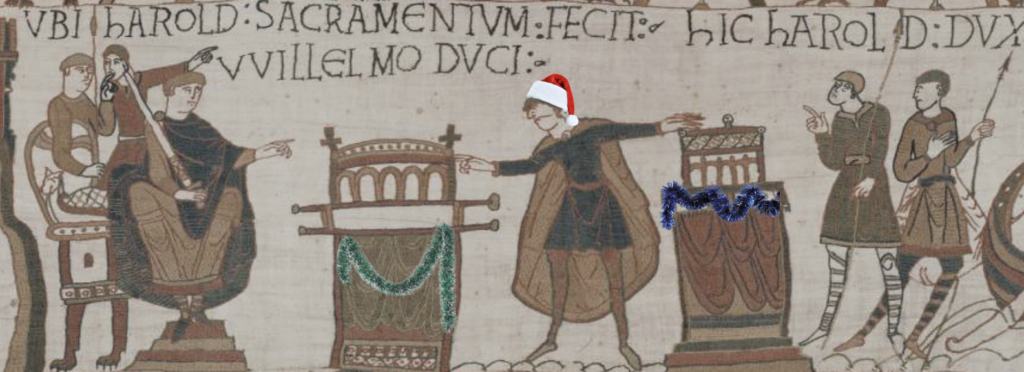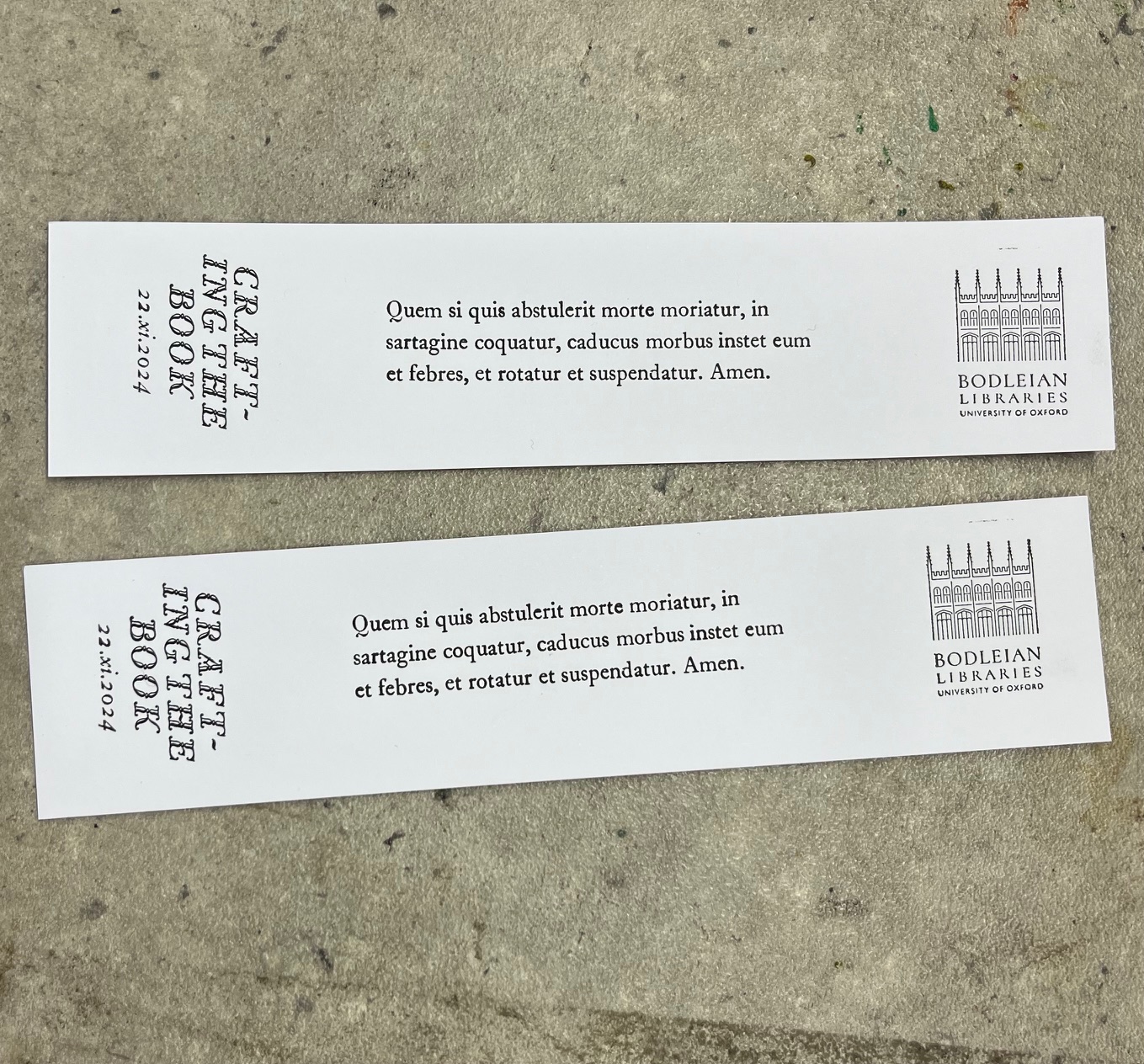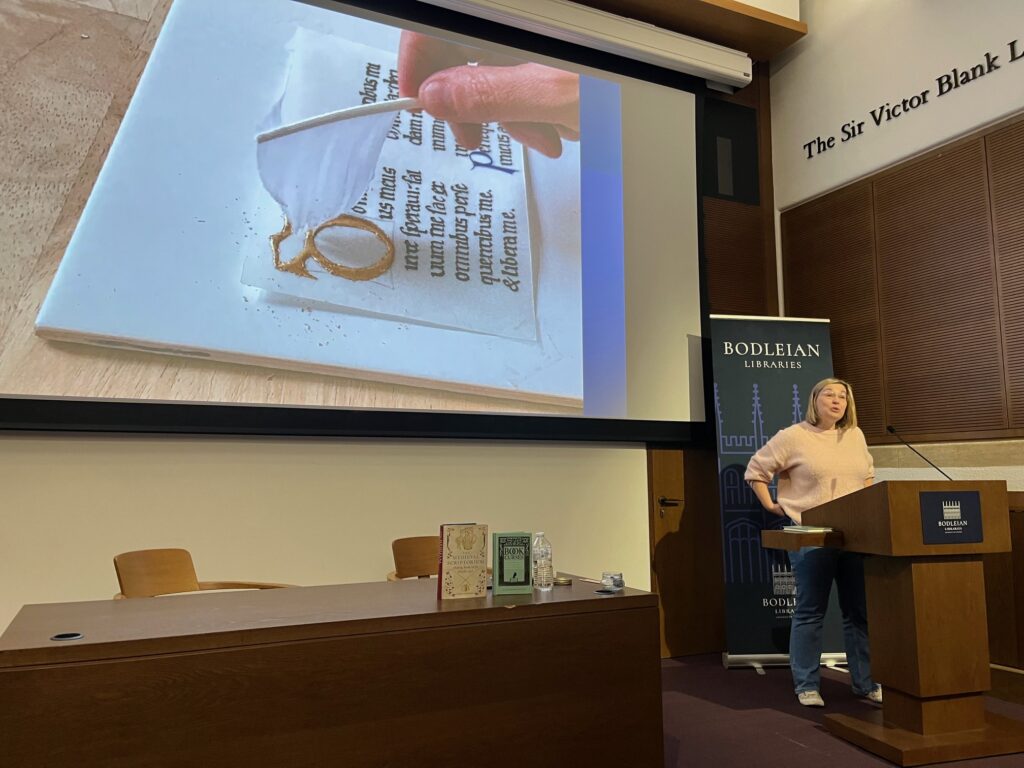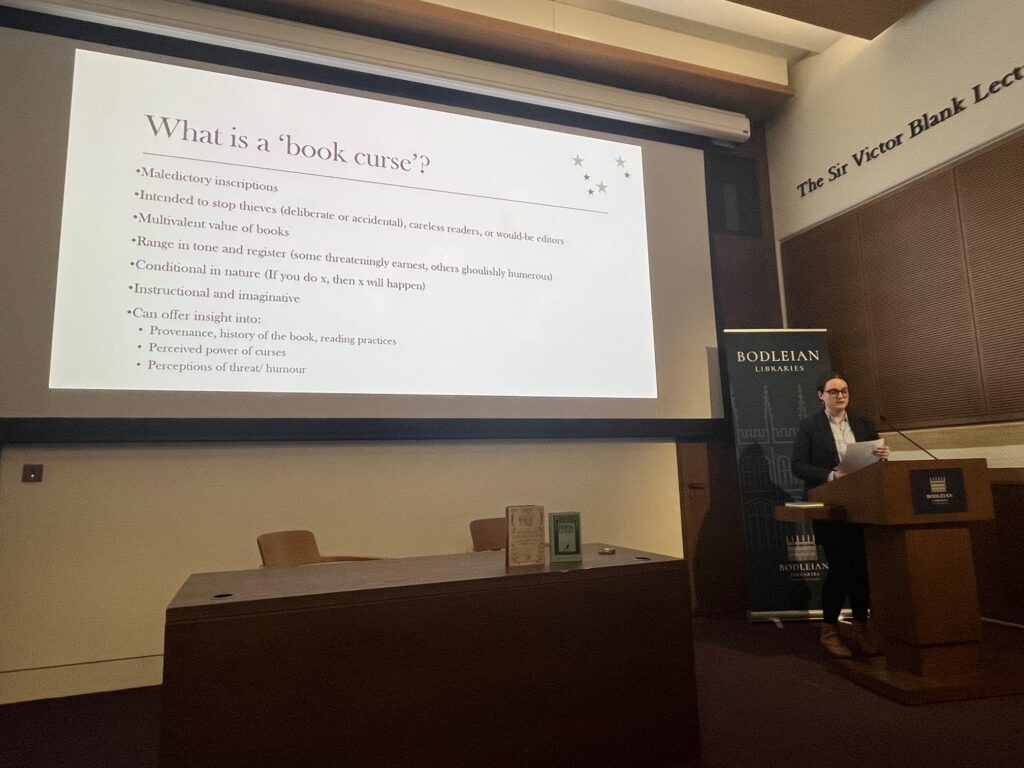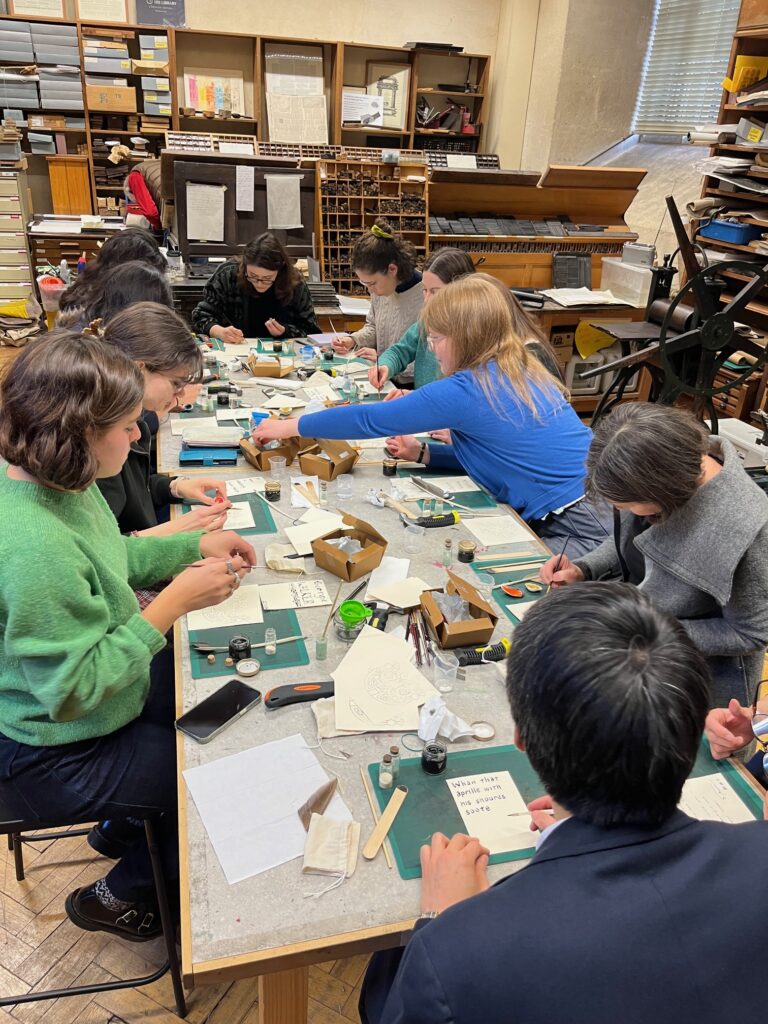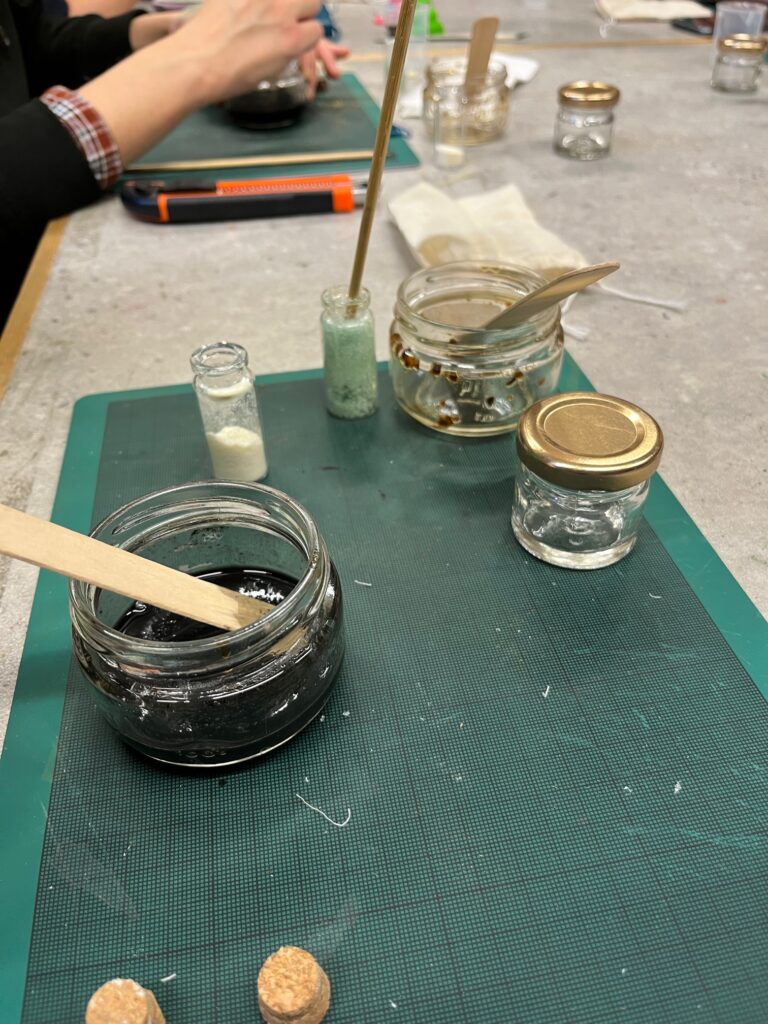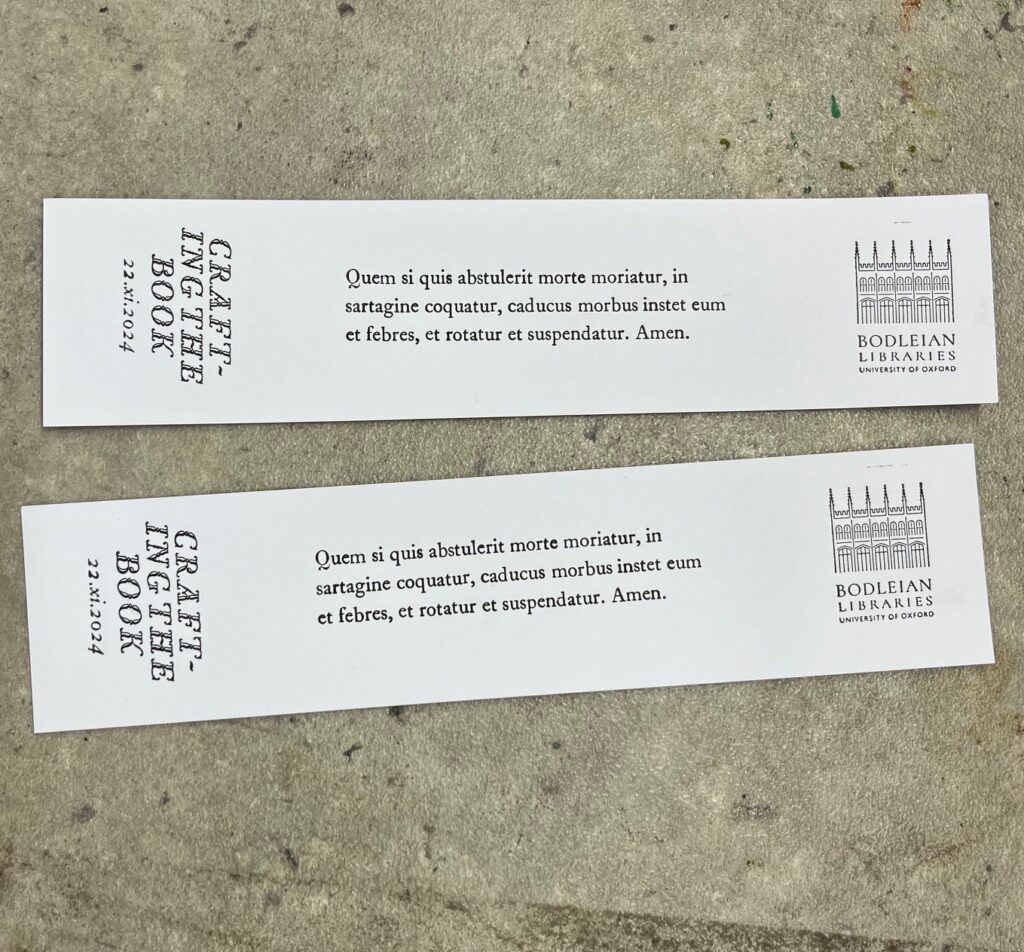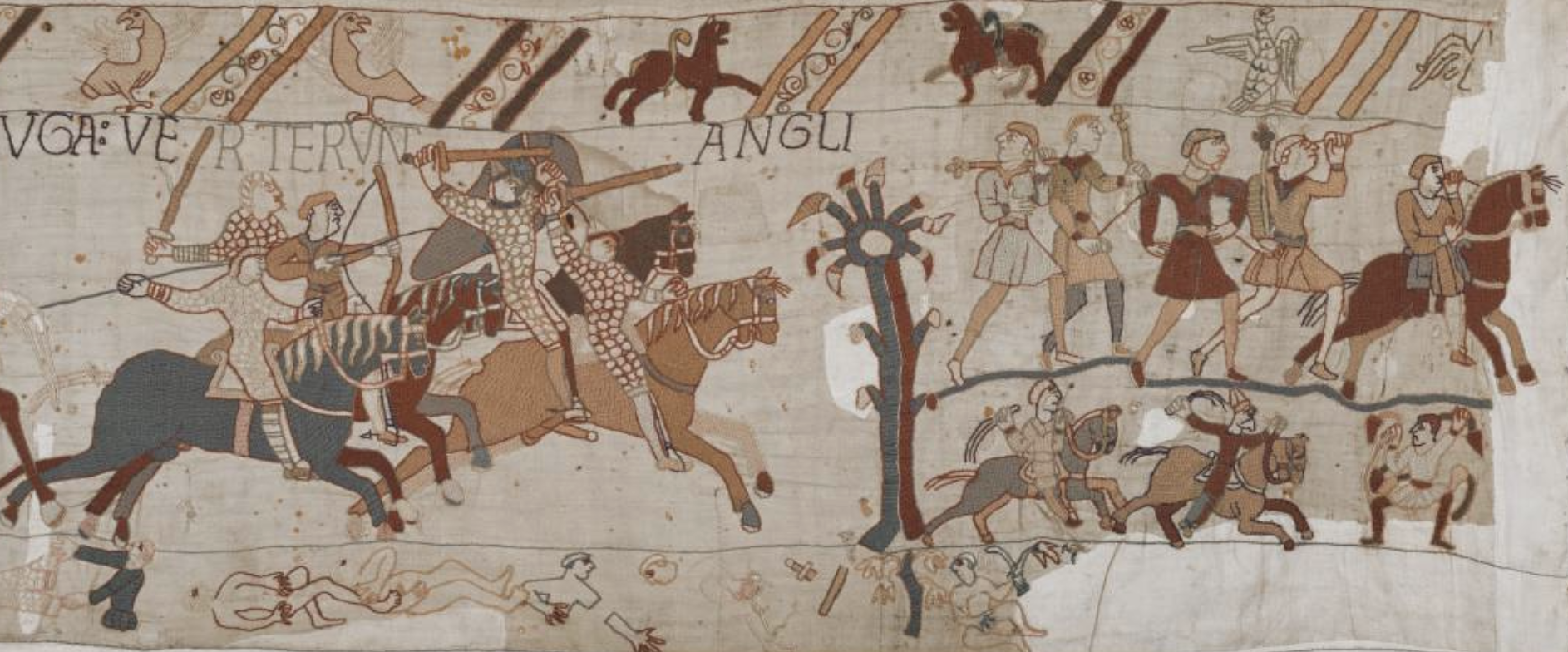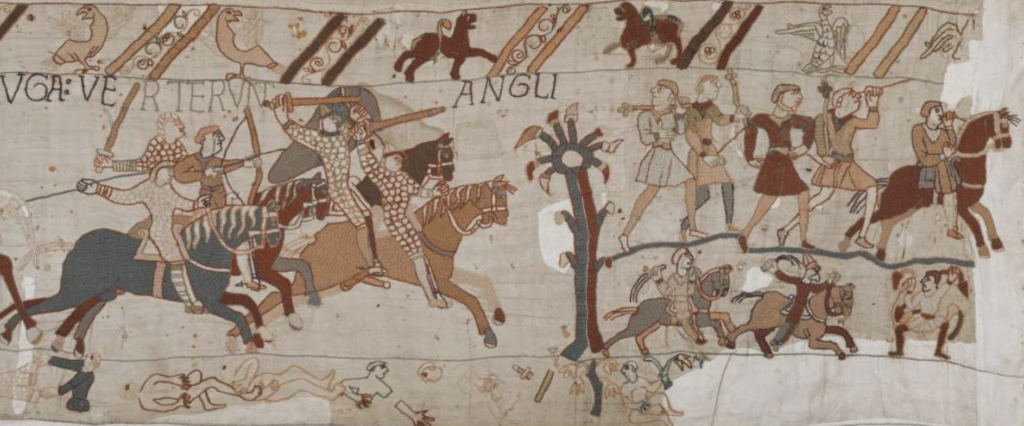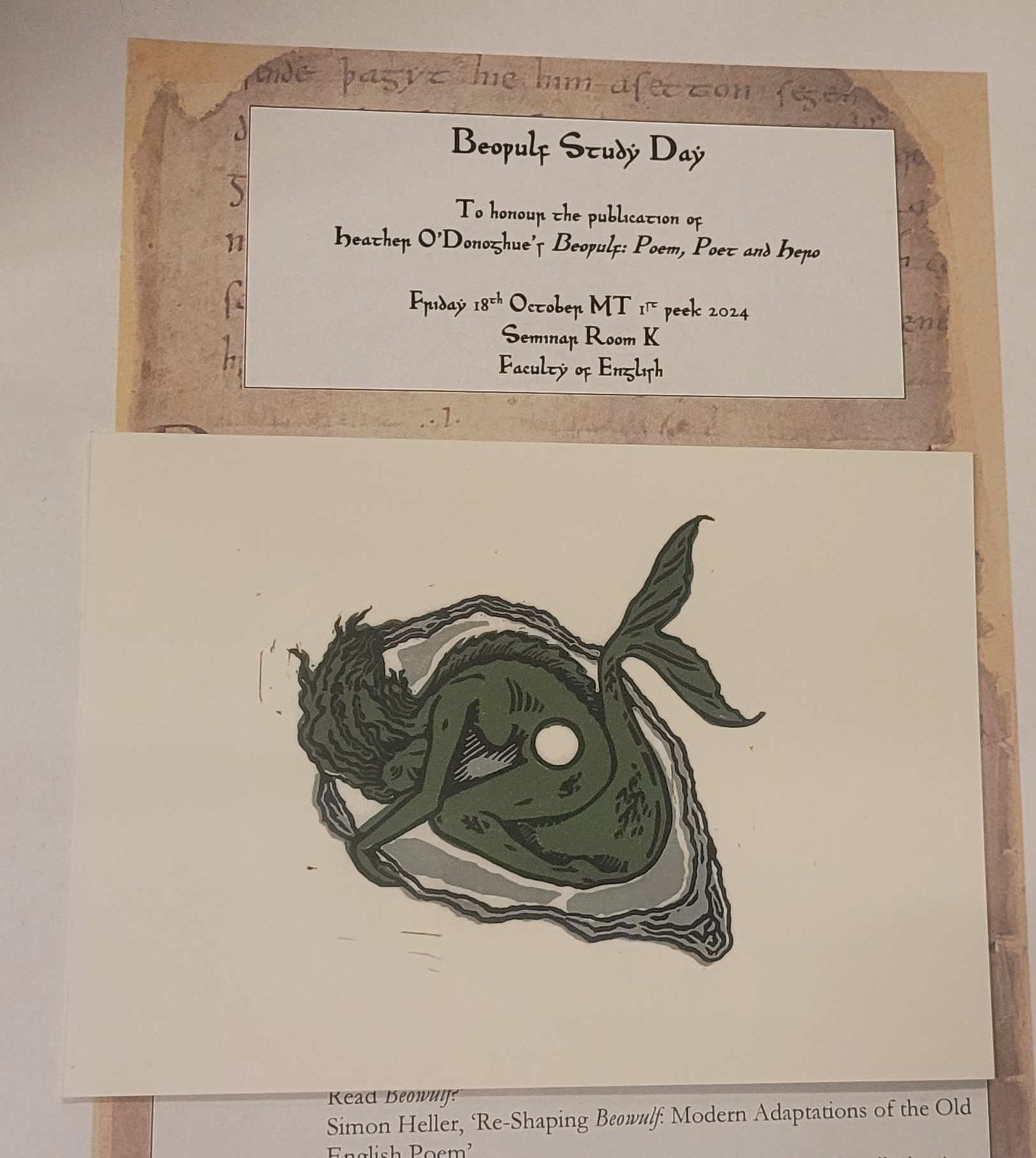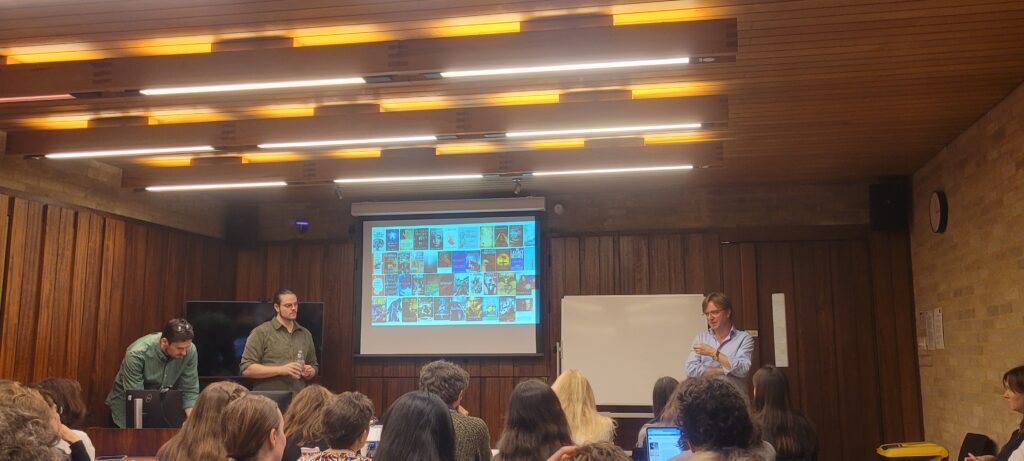Postgraduate Research Forum (hybrid), 2nd April 2025
This forum seeks to provide a supportive environment in which postgraduates can share ideas and get helpful feedback. Proposals are welcomed for 20-minute papers that explore the nuanced relationships between ‘Outsiders’ and ‘Insiders’ during the medieval period, which may include, but are not limited to:
Defining Boundaries:
- How were boundaries—geographical, social, and cultural constructed in medieval societies?
- Who were considered ‘insiders’ and who were relegated to the status of ‘outsiders’?
- What role did religion, ethnicity, and class play in shaping these distinctions?
Power and Exclusion:
- How did medieval institutions (such as the Church, feudal lords, and guilds) wield power over both insiders and outsiders?
- What mechanisms were used to exclude certain groups from participation in economic, political, or religious life?
- Were there instances of resistance or subversion by those on the margins?
Cultural Exchange and Hybridity:
- How did interactions between insiders and outsiders lead to cultural exchange, adaptation, and hybrid identities?
- What can we learn from the cross-cultural encounters between medieval Europeans, Byzantines, Arabs, and other groups?
- Did artistic, literary, or architectural expressions reflect these interactions?
Narratives of Otherness:
- How were outsiders portrayed in medieval chronicles, literature, and art?
- Were there attempts to challenge or subvert prevailing stereotypes?
- What can we glean from these narratives about societal attitudes towards difference?
Marginalized Voices:
- Who were the marginalized groups in medieval society (e.g., Jews, lepers, heretics, women)?
- How did they navigate their position as outsiders?
- Can we recover their voices and experiences from historical sources?
Please submit an abstract of up to 150 words and a short biography by 31st January 2025 to readinggcms25@googlegroups.com. Please also provide your name, affiliation, contact information, and if you intend to present your paper either in-person or remotely.


